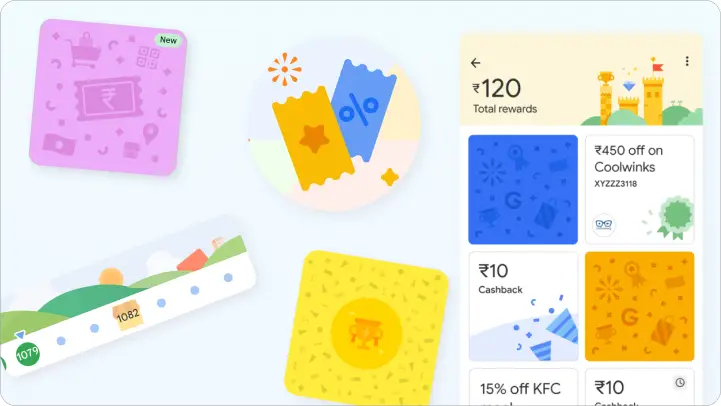In the realm of user experience (UX) design, one strategy has emerged as a powerful tool for captivating users and enhancing engagement: gamification. By incorporating elements of game design into non-game contexts, UX designers can transform mundane tasks into immersive and rewarding experiences. A prime example of successful gamification in the digital sphere is Google Pay, which has rapidly gained market share in the Indian Unified Payments Interface (UPI) platform landscape, outshining competitors like Paytm through its innovative approach to user interaction.
At its core, gamification leverages psychological principles to motivate users and drive behavior. By tapping into intrinsic motivators such as competition, achievement, and social interaction, gamified experiences captivate users’ attention and encourage continued participation.
Google Pay exemplifies this principle by infusing its platform with playful elements that make the act of transferring money a fun and engaging experience. From scratch cards and cashback rewards to referral bonuses and tiered achievements, Google Pay incentivizes users to engage with the platform regularly. These gamified features not only encourage users to make transactions but also foster a sense of accomplishment and excitement with each interaction.
One of the key reasons behind Google Pay’s success in the Indian UPI market is its seamless integration of gamification elements with everyday tasks. For instance, users earn scratch cards for completing transactions, with the chance to win cash prizes or other rewards. This simple yet effective mechanic not only incentivizes transactions but also adds an element of anticipation and delight to the user experience.
Moreover, Google Pay employs social proof and competition to further enhance user engagement. Through features like ‘Go India’ and ‘Spot the Difference,’ users can compete with friends and family, fostering a sense of community and camaraderie. This social dimension not only encourages users to spend more time on the platform but also strengthens brand loyalty and advocacy.
In contrast, competitors like Paytm, while offering similar functionality, have struggled to replicate Google Pay’s success in the Indian UPI market. While Paytm also incorporates gamification elements, they often feel disjointed or disconnected from the core user experience. Additionally, Paytm’s cluttered interface and overwhelming array of features can detract from the overall user experience, making it less appealing to users seeking simplicity and engagement.
In conclusion, Google Pay’s success in the Indian UPI market serves as a compelling case study in the power of gamification to drive user engagement and market share. By seamlessly integrating playful elements into everyday tasks, Google Pay has transformed the act of transferring money into a rewarding and enjoyable experience. As UX designers continue to explore the potential of gamification, they must prioritize coherence, simplicity, and user-centricity to create truly immersive and impactful experiences.

